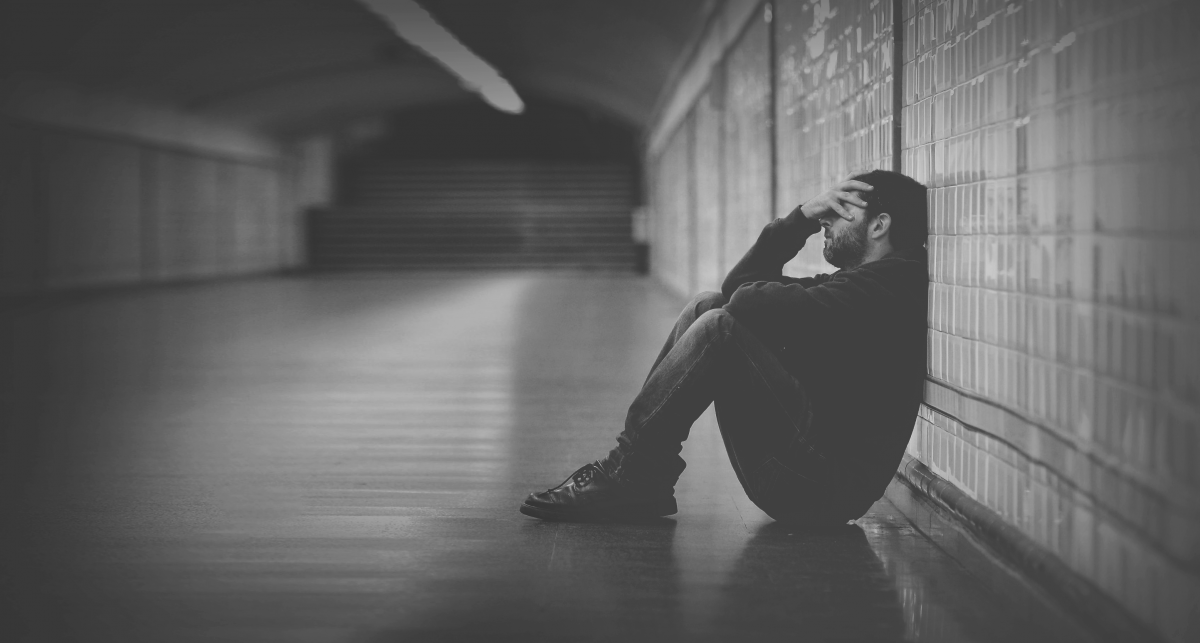9 Types of Depression To Be Aware Of.

Depression does not care if you are middle-aged, a teenager, a retiree or a child, it can affect anyone. It's much more than just being in a sad mood for a couple of hours, depression can also come with fatigue, physical pain and hopelessness. Just as symptoms vary from person to person, the actual diagnoses may vary as well. Below you’ll find nine types of depression. If one of these sounds like you or a family member, don’t be afraid to talk to your doctor.
MAJOR DEPRESSION
Major depression affects around seven percent of the adult U.S. population and has a debilitating effect. Major depression symptoms include feeling extreme sadness, lack of energy, irritability, trouble concentrating, changes in sleep or eating habits, feelings of guilt and thoughts of death or suicide. In some instances, an adult might only experience one extreme episode, but if conditions recur through the days, it is time to seek treatment.
DYSTHYMIA
Only two percent of the U.S. population has been diagnosed with this form of depression. It’s less severe then major depression, but it is still a very real diagnosis. This type of depression causes a low mood over a long period. People function, just not optimally. Symptoms of this diagnosis include sadness, trouble concentrating, fatigue and changes in sleep habits.
POSTPARTUM DEPRESSION
Studies have shown around 85 percent of new moms feel sadness after their baby is born. However, 16 percent of women are sad enough to be diagnosed with Postpartum Depression. This type of diagnosis is not permanent but includes feelings of loneliness, fears of hurting the baby, disconnect from the child and hopelessness. Prompt medical care and support are needed.
SEASONAL AFFECTIVE DISORDER
Around four to six percent of people in the U.S. haveseasonal affective disorder, also known as SAD. If you find yourself experiencing anxiety, daytime fatigue and weight gain during the winter, this may not just be winter blues.
ATYPICAL DEPRESSION
Even though depression may sound like it is unusual, it is not. It is one of the most common diagnoses. Because this type of depression is less understood compared to major depression, doctors believe it’s under diagnosed. A common sign of atypical depression is a sense of heaviness in the arms and legs — like a form of paralysis. Oversleeping and overeating are the two most important symptoms for diagnosing atypical depression. People with the condition may also gain weight, be irritable and have relationship problems. Seek care from a medical professional immediately.
PSYCHOTIC DEPRESSION
Psychosis is a diagnosis of a patient who has an unstable mental state. Someone may have delusions, false sights and sounds.
BIPOLAR DISORDER
If you experience extreme lows followed by extreme highs, you could have bipolar disorder. This disorder affects about two to three percent of the U.S. population. Someone diagnosed as bipolar needs to be monitored closely as they are at the highest risk for suicide.
PREMENSTRUAL DYSPHORIC DISORDER
Also known as PMDD, this type of depression affects women during the second half of their menstrual cycles. Symptoms include depression, anxiety and mood swings. Unlike traditional PMS, PMDD only affects around five percent of women.
If you are feeling any sadness, seek help, and know that you are not alone.
Sourced from Everyday Health and Web M.D. Consult a doctor if you are experiencing any signs of depression.
